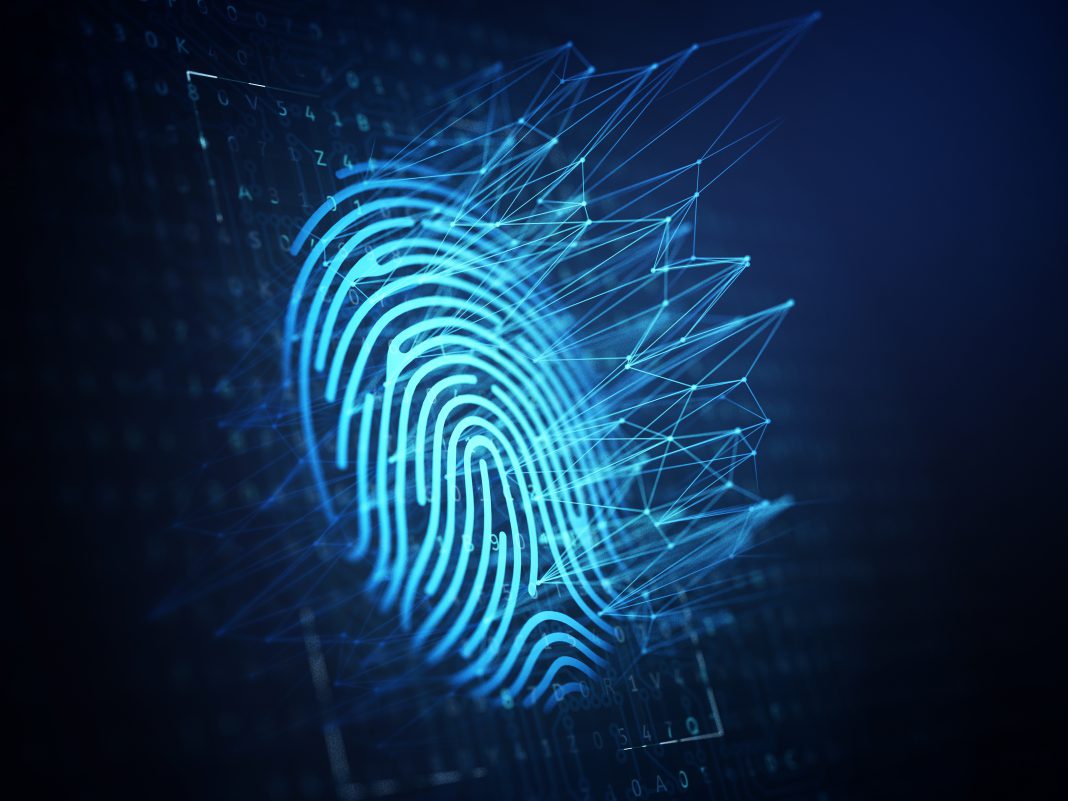Matt Phillips, VP, Head of Financial Services UK and Ireland, Diebold Nixdorf spoke to Payment Expert about the continually growing role of biometric tech in boosting banking and payment security.
PaymentExpert: Firstly, are you able to tell us more about how the role of biometric technology has evolved in the payment space?
Matt Phillips: Biometric technology has firmly taken the position of the future of the security interface in the payments and banking world. The advancement of biometrics in the mobile space has allowed the banking sector to capitalise on the security features it provides for app and payment security.
The recognition of the role biometric security could play in banking has been apparent for many years, with face recognition available for ATMs, as well as the industry exploring building biometric security into payment cards. However, the overwhelming adoption of biometrics in mobile phone security has hastened the industry adoption of digital biometric security as banking apps have been the key development area of the past decade.
PE: How significant is the responsibility of banks to ensure they have the most updated tech when it comes to security?
MP: It is hugely important for banks to ensure that the technology they are using is secure but this needs to be coupled with ensuring that the customer is comfortable with their banking journey.
The system as a whole needs to work in the most secure way possible, including the customer experience and interaction with the platform. This does not necessarily mean immediately adopting the most recent security technology. Banks focus on the security of the whole service and that means that any new security option needs to be considered, tested and integrated into the wider banking system.
PE: Do you believe we could see a rise in the tech of biometric cards as we progress through the pandemic?
MP: I don’t believe the pandemic will affect the current trends we see in the adoption of biometric cards. It is my belief that biometric security on offer from a digital wallet on a mobile phone is the favoured adoption of biometric security. If anything, cards will increasingly become obsolete in the future as more consumers opt to pay via their mobile device.
PE: Could Biometric cards be complemented by ATMs and how would they change the way consumers interact with ATM terminals?
MP: Not necessarily biometric cards but ATM terminals are already on the market where biometric security is used for customer interaction. It is possible for ATMs to be interactive with a mobile device and utilise its biometric security features as well as offering facial recognition capability. It is also possible to build biometric security as a function on an ATM, utilised in a similar way to a pin code. Diebold Nixdorf offers such features in it’s DN series.
PE: How elevated would the level of security added by increased biometric technology within cards?
MP: I don’t envisage cards with inbuilt biometric technology ever becoming a mainstream option but physical biometric security alongside cards is definitely a way to elevate security at ATMs and Point of Sale (POS). However I expect that the adoption of digital or virtual cards on mobile devices secured by biometrics will be the method of payment that continues to grow and will, eventually, become the most common method of card payment.




















